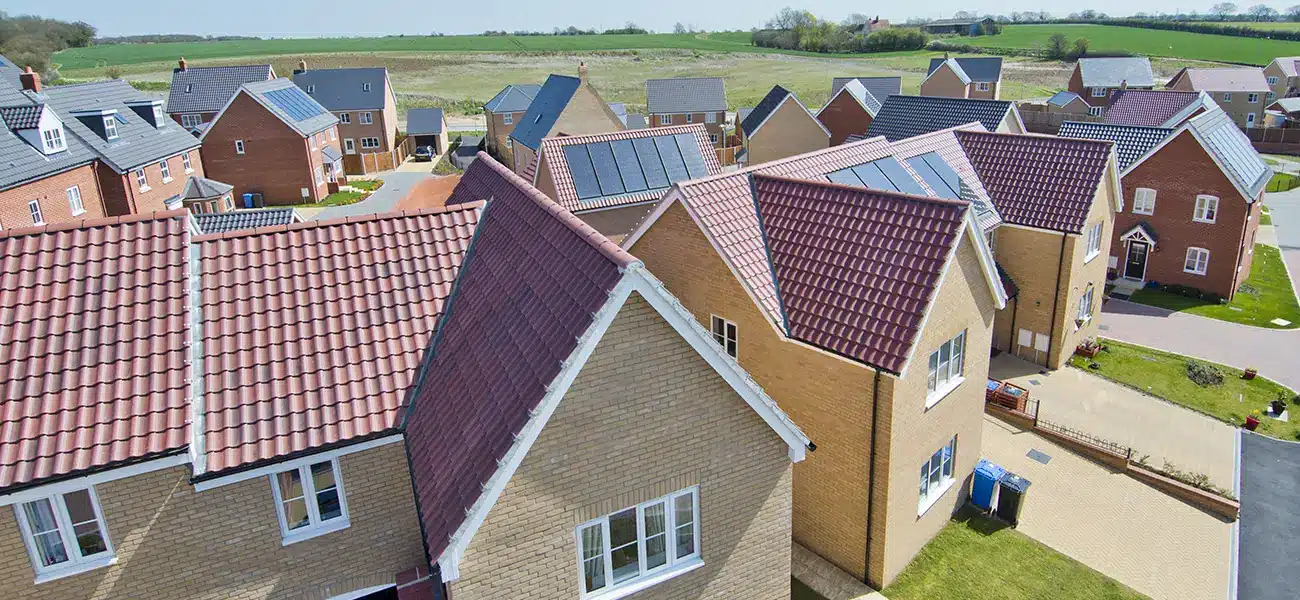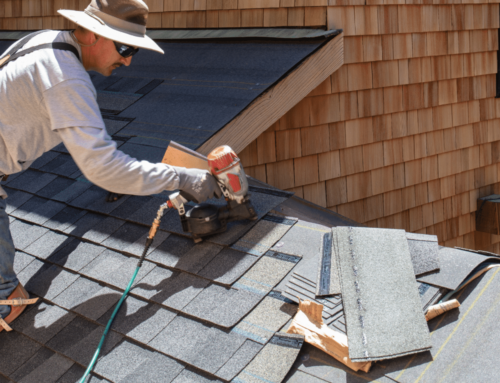Your home’s roof serves as a fundamental component, offering shelter, safety, and protection for loved ones and possessions, not just a capstone. To ensure that your roof stands strong and secure, it’s imperative to master the roofing codes and regulations that govern its construction. In this blog, we’ll explore the significance of understanding and complying with roofing codes and regulations to build a durable and safe roofing structure.
The Essence of Roofing Codes and Regulations
Roofing codes and regulations are a set of rules and guidelines established by local, regional, or national authorities to ensure the quality, safety, and durability of roofing systems. These codes cover a wide array of aspects, including materials, design, installation, ventilation, fire safety, and structural integrity. Complying with these regulations is not just a legal requirement; it’s essential for the well-being of your home and its occupants.
Why Compliance Matters
Adhering to roofing codes and regulations is vital for several reasons:
- Safety: Codes ensure the roof’s ability to withstand weather conditions and potential hazards, creating a safe environment for occupants.
- Durability: Compliance with codes ensures long-lasting roof construction, minimizing the need for future repairs and replacements.
- Legal Obligations: Non-compliance can lead to legal complications, including fines and the halting of construction, resulting in delays and added expenses.
- Insurance and Warranty: Many insurance policies and warranties require compliance with roofing codes, and non-compliance may void these protections.
Key Aspects of Roofing Codes and Regulations
Let’s delve into some crucial aspects covered by roofing codes and regulations:
1. Material Standards:
Codes define the types of materials that can be used for roofing, ensuring they meet safety and quality standards.
2. Installation Guidelines:
Proper installation methods are outlined to guarantee the roof’s structural integrity and safety.
3. Fire Safety Requirements:
Codes emphasize the use of fire-resistant materials and designs to enhance the safety of the structure and its occupants.
4. Structural Integrity:
Regulations define the load-bearing capacity, ensuring that roofs can withstand varying loads, including those from snow, wind, and maintenance activities.
Navigating and Mastering Roofing Codes
To master roofing codes and regulations, consider these steps:
- Research Local Codes: Begin by researching and understanding the roofing codes specific to your area. Access local government websites or consult with professionals for the latest updates.
- Consult Roofing Professionals: Seek guidance from roofing experts who are well-versed in local codes. They can provide invaluable insights and ensure your project aligns with the necessary requirements.
- Plan and Design Accordingly: Collaborate with professionals to plan the project in adherence to identified regulations. This includes selecting appropriate materials and ensuring proper installation methods.
- Regular Compliance Checks: Conduct regular compliance checks throughout the project to ensure adherence to the stipulated standards.
Conclusion
Understanding and mastering roofing codes and regulations are crucial steps in ensuring a strong and durable roof for your home. Compliance with these standards is not only a legal requirement but also a testament to your commitment to the safety and longevity of your living space. By navigating and adhering to roofing codes, you’ll be on the upward bound toward constructing a solid roofing structure that provides reliable protection and peace of mind for years to come.
Ready to master roofing codes for a solid structure? Contact Premier Roofing Services and build with confidence. Start your roofing project today!





